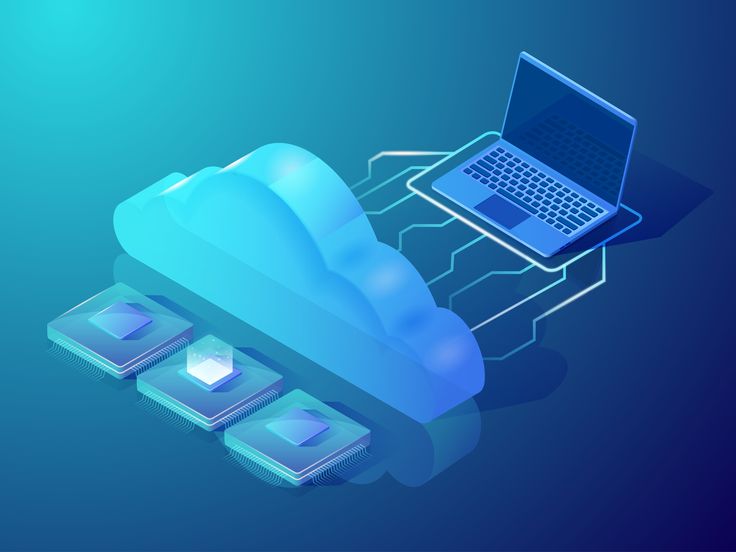Cloud computing has transformed how businesses and individuals store, process, and manage data. With its scalability, flexibility, and cost-effectiveness, cloud computing offers several models to cater to different needs. Understanding these models is essential for choosing the right cloud solution. Here are some of the most common cloud computing models:
1. Infrastructure as a Service (IaaS)
IaaS provides virtualized computing resources over the internet. It offers essential infrastructure such as virtual machines, storage, and networking. Users have control over the operating system and applications while the cloud provider manages the underlying hardware.
Key Features:
- On-demand computing power
- Scalability and flexibility
- Pay-as-you-go pricing model
Examples:
- Amazon Web Services (AWS) EC2
- Microsoft Azure Virtual Machines
- Google Compute Engine
2. Platform as a Service (PaaS)
PaaS delivers a complete development and deployment environment in the cloud. It allows developers to focus on building applications without worrying about infrastructure management.
Key Features:
- Pre-configured development frameworks
- Automated updates and maintenance
- Built-in security and scalability
Examples:
- Google App Engine
- Microsoft Azure App Services
- AWS Elastic Beanstalk
3. Software as a Service (SaaS)
SaaS provides fully developed applications that are accessible via a web browser. It eliminates the need for installation, maintenance, and upgrades, making it an ideal choice for businesses and individuals.
Key Features:
- Accessibility from any device
- Automatic updates and security patches
- Subscription-based pricing
Examples:
- Google Workspace (Gmail, Docs, Drive)
- Microsoft 365
- Salesforce
4. Function as a Service (FaaS) or Serverless Computing
FaaS enables developers to run code in response to events without managing the underlying infrastructure. It is an extension of PaaS but with a focus on executing individual functions.
Key Features:
- Event-driven execution
- No need for server management
- Cost-efficient due to per-execution billing
Examples:
- AWS Lambda
- Google Cloud Functions
- Azure Functions
Choosing the Right Cloud Model
Selecting the right cloud computing model depends on the specific needs of an organization or individual. Businesses requiring full control over infrastructure may opt for IaaS, while developers seeking streamlined development tools may benefit from PaaS. SaaS is ideal for users who need ready-to-use applications, and FaaS is great for event-driven applications.
Conclusion
Cloud computing offers various models to suit different requirements, from infrastructure management to complete software solutions. Understanding the differences among IaaS, PaaS, SaaS, and FaaS helps businesses and developers make informed decisions when adopting cloud services.

